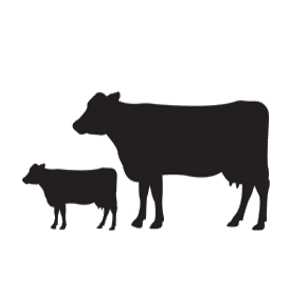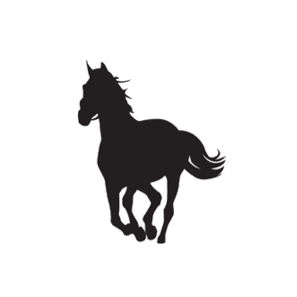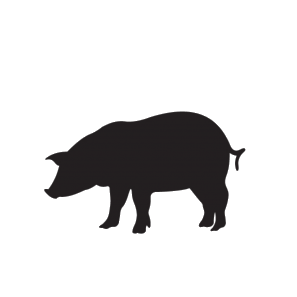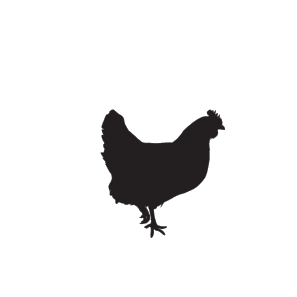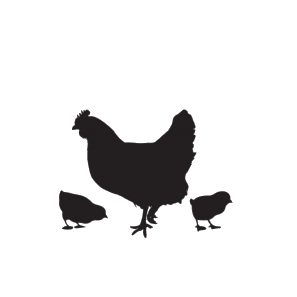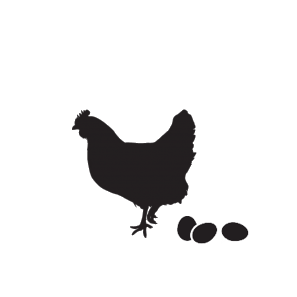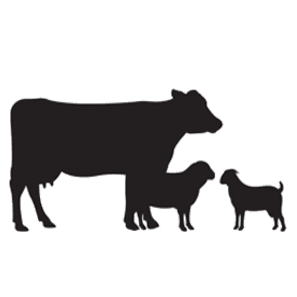The differences in cow productivity of the Afrikaner breed is examined from 1980 to 2013 (Jordaan 2015)
Dr Vlok Ferreira, National Technical Manager – Ruminants, of RCL Foods, Molatek and Epol, attended the Agri-Expo on Friday the 12th of October to present a talk on “Factors that influence cow productivity”. He discussed the importance of understanding cow productivity; highlighting that productivity in beef cattle can be measured as kg per calf weaned, per livestock unit mated (KgC/LSU). Dr Ferreira also noted that implementing an effective replacement heifer program may be a big challenge for beef cattle farmers, and is a challenge that needs to be addressed.
The topics that were covered include:
- Heritable traits that can influence cow productivity
- How improving cow productivity reduces environmental impact
- Effect of sexual maturity on productivity
- Effect of body weight and body condition on conception rate
In this article, we discuss how the productivity of the Afrikaner beef-breed improved from 1980 to 2013, and how these changes were achieved.
The aim of the experiment was to investigate the effect of cow productivity and the different components that influence cow productivity (weaning weight, weight of the cow, and inter-calving period) have on the environment.
Definition of LSU (Livestock Unit)
The equivalent of an ox with a weight of 450 kg, that has a daily gain of 0.5 kg/day whilst on grazing, and that has a digestive energy of 55% and 9 kg intake of grazing a day.
In South Africa the enteric methane emissions factor (MEFenteric) of one LSU is 94 kg methane/year.
Material and Methods
The relative contribution of the 3 components (weaning weight, cow weight and inter-calving period) to cow productivity and the resulting environmental impact is investigated. This was managed by changing one of the three factors by 5% while keeping the other two factors constant.
Results
The cow productivity measured in 1980 was 94 kg weaned calf per LSU mated, with the MEFenteric of a LSU measured at 94 kg methane per year.
The resultant conclusion: MEFenteric = 1 kg of methane produced per kg calf weaned/LSU mated.
In other words, every kg of weight on a weaned calf per LSU mated, resulted in 1 kg of methane being produced.
The cow productivity measured in 2013 was 107 kg weaned calf per LSU mated, with MEFenteric of 0.88 kg methane per kg calf weaned per LSU mated.
In other words, every kg of weight on a weaned calf per LSU mated, resulted in 0.88 kg of methane being produced.
| Trait | % Change in Trait | %Change in | |
| Cow Productivity | MEFenteric | ||
| Calf weaning weight | +5% | +5.3% | -3.5% |
| Cow weight | +5% | -4.0% | +2.6% |
| ICP | -5% | +7.3% | -4.8% |
The genetic advancement of the Afrikaner cows in this investigation showed a decreased cow weight, a 20 day decrease in the intercalving period and a 20 kg increase in weaning weight.
This improvement of the productivity of Afrikaner cows decreased the carbon footprint by 12%, between 1980 and 2003.
This is comparable to another investigation conducted by Capper (2011), indicating that beef cattle in the USA had a decrease of 16% in their carbon footprint from 1977 to 2007.
The importance of improving the calving percentage of national herds by about 62 – 65% is illustrated by the relatively large environmental impact that fertility has, when looking at intercalving-period as a measurement.
A higher weaning weight, a higher weaning percentage and a lower inter-calving period decreased negative effects on the environment, and this is what beef cattle producers should be aiming for, with optimal cow productivity in mind.
Notable result: When the inter-calving period was decreased by 5%, overall cow productivity improved with 7.3 percent.
What this means is that more calves are weaned, and that inter-calving should be decreased as much as possible in order to experience the largest effect, resulting in highest productivity and highest output.
For more information visit our Epol or Molatek websites or contact Dr Vlok Ferreira at Vlok.Ferreira@rclfoods.com
Read part 3 (How the age of cows influences productivity) here.




